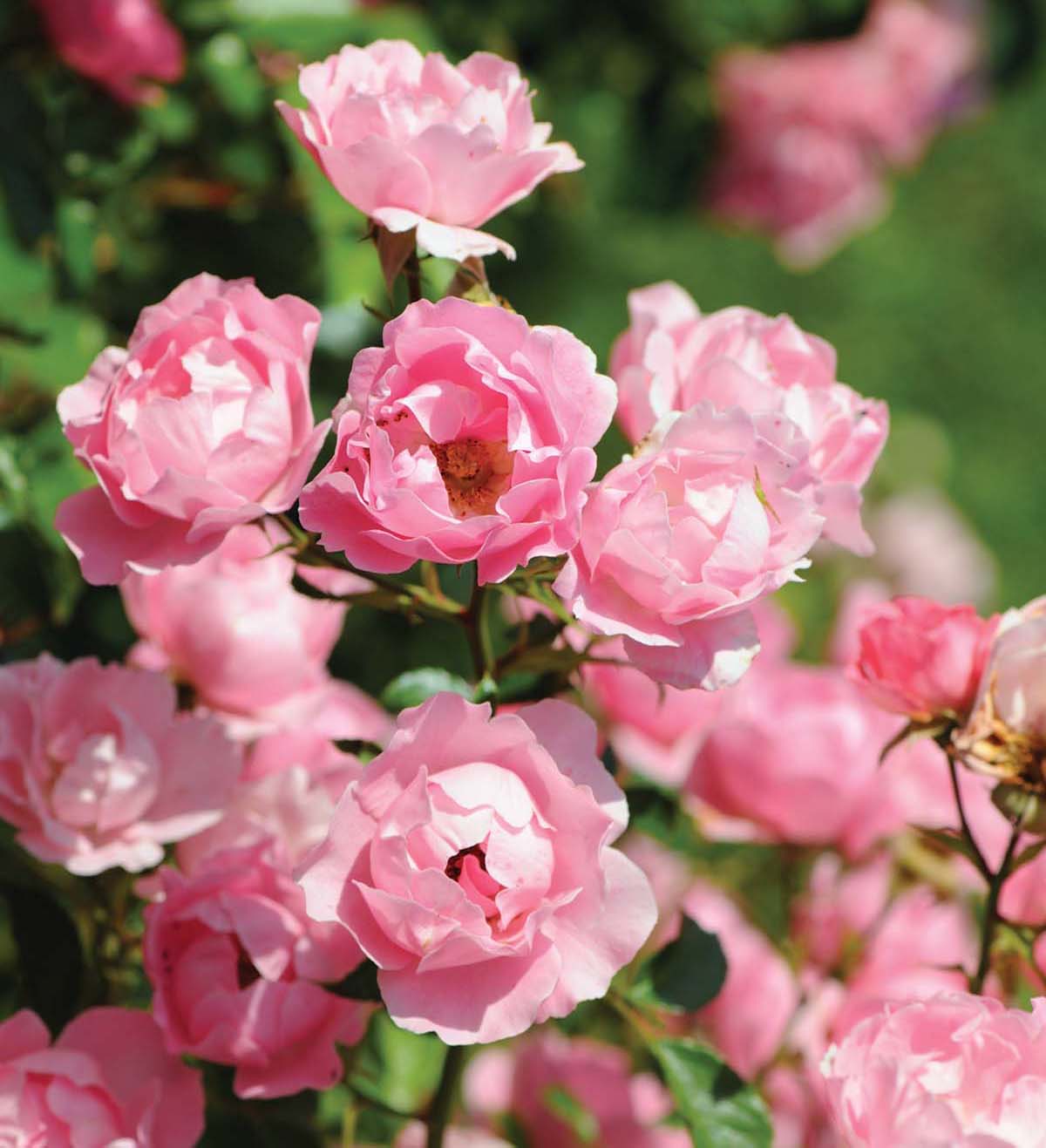
Robert Myers is the past president of the Rowan Rose Society and Charlotte Rose Society and is currently vice president of both. He has won multiple awards as both a Master Consulting Rosarian and an accredited Horticulture Judge, and has officially judged roses worldwide, including many in Western North Carolina. As an exhibitor, he has won numerous awards locally, regionally, and nationally. He and Jack Page founded The Perfect Rose, a company based in Salisbury, NC, that specializes in rose-garden installation and maintenance. Carolina Home+ Garden spoke to Myers as the two of them were preparing for the upcoming rose exhibition at the North Carolina Arboretum (shortly before the COVID pandemic hit, canceling the event). Myers has some insider’s advice about what he looks for when evaluating a rose.
Gertrude Stein famously said that a rose is a rose is a rose. So how do you differentiate one from another?
Roses are judged on a point system, with each bloom given points for form, color, substance, stem and foliage, balance and proportion, and size.
How much does scent factor into the equation?
Fragrance is not one of the requirements for a rose to win a typical rose show. However, some rose shows have a specific class based on fragrance alone and even encourage the judges or public to overlook the actual appearance of the rose.
What lengths do some people go to when competing?
Once the blooms bud out, some exhibitors cover them in the garden with milk jugs, pie plates, or even mesh netting to keep rain droplets and insects from damaging their prized bloom. Some hardcore exhibitors even have elaborate custom-made coolers for transport if the show is out of town.
What about at the show?
The exhibitor makes sure the stem is straight, the leaves are clean, and the form of the bloom itself is up to exhibition stage. For some, that includes adding cotton balls, Q-tips, special scissors, and a host of other small delicate tools to “encourage” the bloom to open to the specific form right before it is placed in the show. Some exhibitors have gone as far as adding a leaf or a petal to a rose to make it look full, but judges are not always so easily fooled!

Do you have a favorite rose?
I am known for comparing roses to children in all aspects of their growth — I love them all, each in a different way. If I must just pick one, it would be a shrub rose called “Sparkle & Shine.” It’s a prolific bloomer covered in bright yellow flowers which do not fade in the sun.
Any advice for people who are afraid to attempt to grow roses?
There are many disease-resistant roses on the market now that are easy to grow. Roses like six-plus hours of sun each day, and plenty of water. That is the starting point, and anything the grower decides to do after that will just greatly enhance their experience. All plants do better with care, not just roses. Start with just a few bushes; only plant as many as you can properly care for. Rose lovers will find they quickly add more as they get more comfortable with growing them.
What about participation in exhibitions and societies?
Exhibiting is exciting, whether for competition in a show, or just sharing them with others. I encourage all rose growers or those considering growing roses to join or attend a few meetings of the Asheville Blue Ridge Rose Society (wncroses.com) or the rose society in their area. They will receive free advice, useful information, and informative programs to help them grow even better roses.
For more information about Robert Myers and Jack Page, visit theperfectrose.com.
